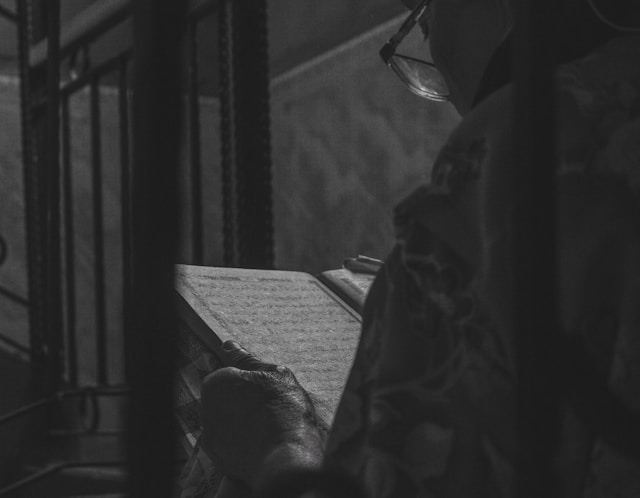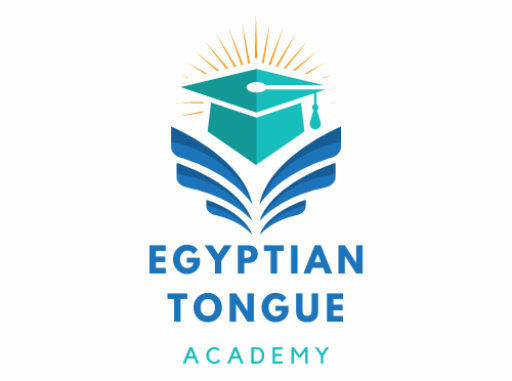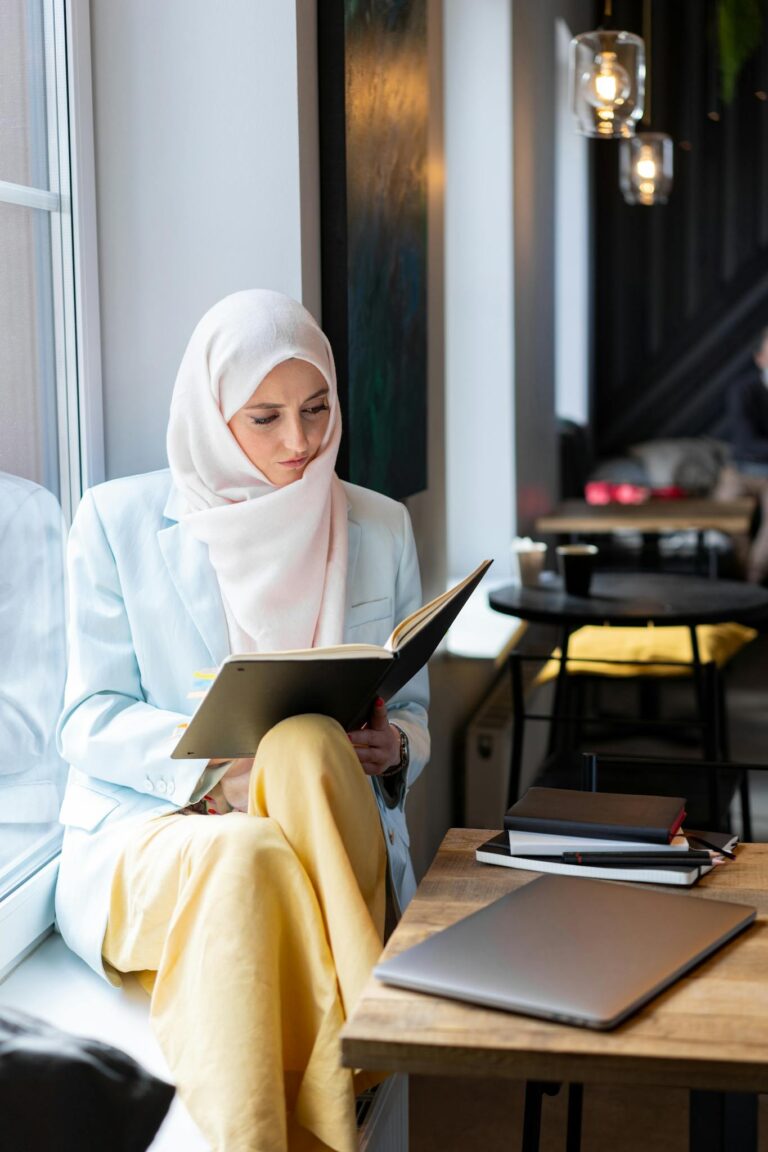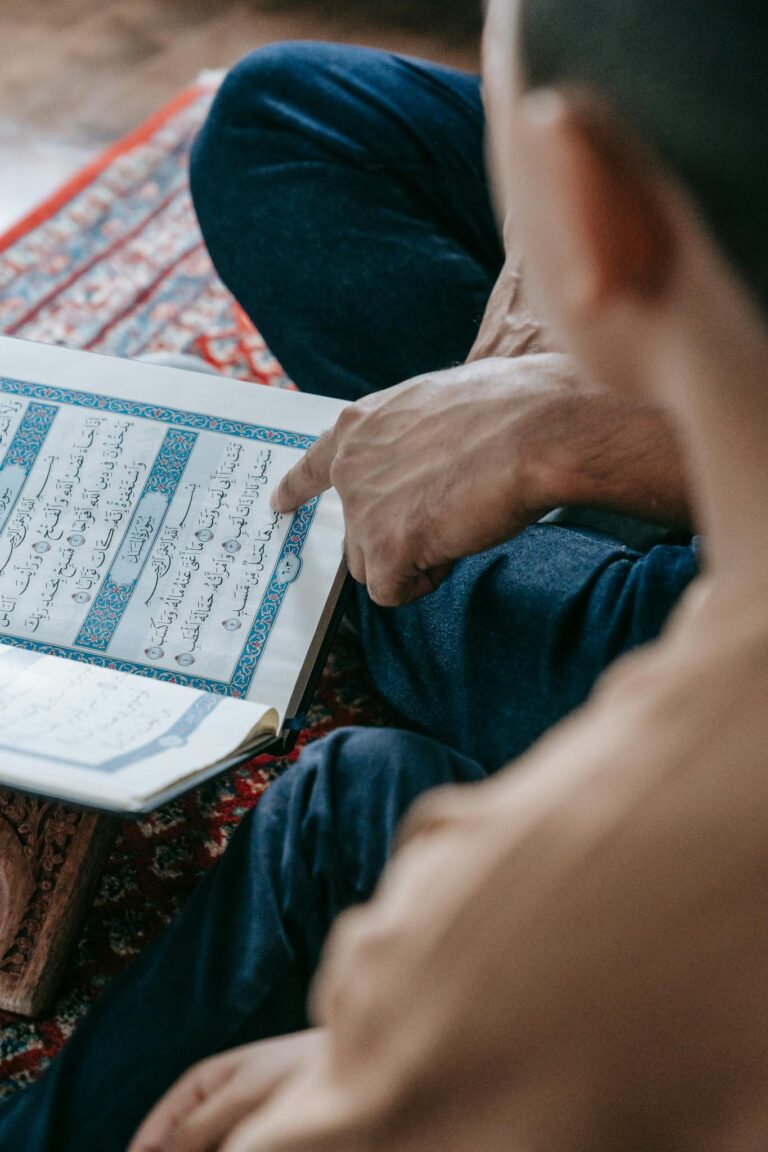How to Read Arabic: The Ultimate 5-Step Guide for Beginners
So, you’ve started to learn the Arabic alphabet. You can recognize the letters, but when you see a full word, it still looks like a confusing puzzle. This is the second great wall every beginner faces, and it’s where many get stuck.
The question is no longer “What is this letter?” but “how to read Arabic words by connecting letters and sounds.” The secret isn’t more memorization; it’s understanding the system of short vowels, or “Tashkeel.” This guide will give you that system in 5 simple steps.
You’ve mastered the first step by learning the alphabet. Now, let’s build on that foundation. If you haven’t, check out our ultimate guide to learn the Arabic alphabet first.
Step 1: Understand the “Invisible” Vowels (Tashkeel)
The key to how to read Arabic is knowing that the main vowels are small marks written above or below the letters, not letters themselves. These are called “Tashkeel” or “Harakat.”
There are three primary short vowels:
| Vowel Mark | Name | Sound | Example (with letter ب ‘b’) |
|---|---|---|---|
| ــَـ | Fatha | “a” (as in “cat”) | بَ (ba) |
| ــُـ | Damma | “u” (as in “put”) | بُ (bu) |
| ــِـ | Kasra | “i” (as in “bit”) | بِ (bi) |
Think of the letters as the solid bricks and these vowels as the cement that holds them together to make a sound.
Step 2: The Concept of “No Vowel” (Sukun)
What if a letter has no vowel sound after it? That’s where the “Sukun” ( ــْـ ) comes in. It’s a small circle above the letter that simply means “stop.” It tells you to pronounce the letter’s sound without any vowel.
- Example: The word “ism” (name) is written اِسْم.
- You pronounce the “s” sound (س) and then “stop” (Sukun) before pronouncing the “m” sound (م).
Understanding Sukun is crucial for anyone serious about how to read Arabic correctly, as it controls the rhythm and flow of words.

Step 3: The “Double Sound” (Shadda )
Sometimes, you need to stress a letter, as if you’re saying it twice. This is indicated by the “Shadda” ( ــّـ ), which looks like a tiny “w” above the letter.
When you see a Shadda, you pronounce the letter twice: once with a Sukun (stop), and once with the vowel that’s on the Shadda.
- Example: The word “umm” (mother) is written أُمّ.
- The Shadda on the “m” (م) tells you to pronounce it as “um-m”.
For a deeper academic understanding, the Wikipedia page on Arabic phonology provides excellent examples.
Step 4: Putting It All Together – Reading Your First Word
Let’s read a real word together using everything we’ve learned. The word is “kataba” (he wrote ).
It’s written: كَتَبَ
- First Letter: كَ (ka) – The letter “k” with a Fatha (“a”) sound.
- Second Letter: تَ (ta) – The letter “t” with a Fatha (“a”) sound.
- Third Letter: بَ (ba) – The letter “b” with a Fatha (“a”) sound.

Combine them: ka-ta-ba. Congratulations, you are officially starting to how to read Arabic!
Step 5: Your Action Plan – The “Reading Checklist”
Knowledge is useless without action. Use this checklist to guide your practice and solidify your new skill.
Your Daily Reading Practice Checklist:
- [ ] Practice the 3 Vowels: Pick 5 different letters and practice saying them with Fatha, Damma, and Kasra.
- [ ] Master the Sukun: Find simple 3-letter words and identify the letter with the Sukun.
- [ ] Hunt for the Shadda: Look for words with a Shadda and practice the “double sound.”
- [ ] Read 5 New Words: Use an online dictionary or a children’s story to find and read 5 new, simple words each day.
- [ ] Listen and Repeat: Find a recording of the words you’re learning and try to mimic the pronunciation.
This checklist is your starting point. Remember, the journey of how to read Arabic fluently is a marathon, not a sprint. It’s a core skill that separates casual learners from serious students, and it’s closely related to the MSA vs. Dialect debate as proper vowel usage is key to clear MSA.
If you want a complete system with guided video exercises where you can see and hear a native speaker break down hundreds of words, our free starter course is the perfect next step. We take the guesswork out of learning and give you a clear path to reading confidence.
Start Reading Arabic Today – Get Your Free Starter Course!


